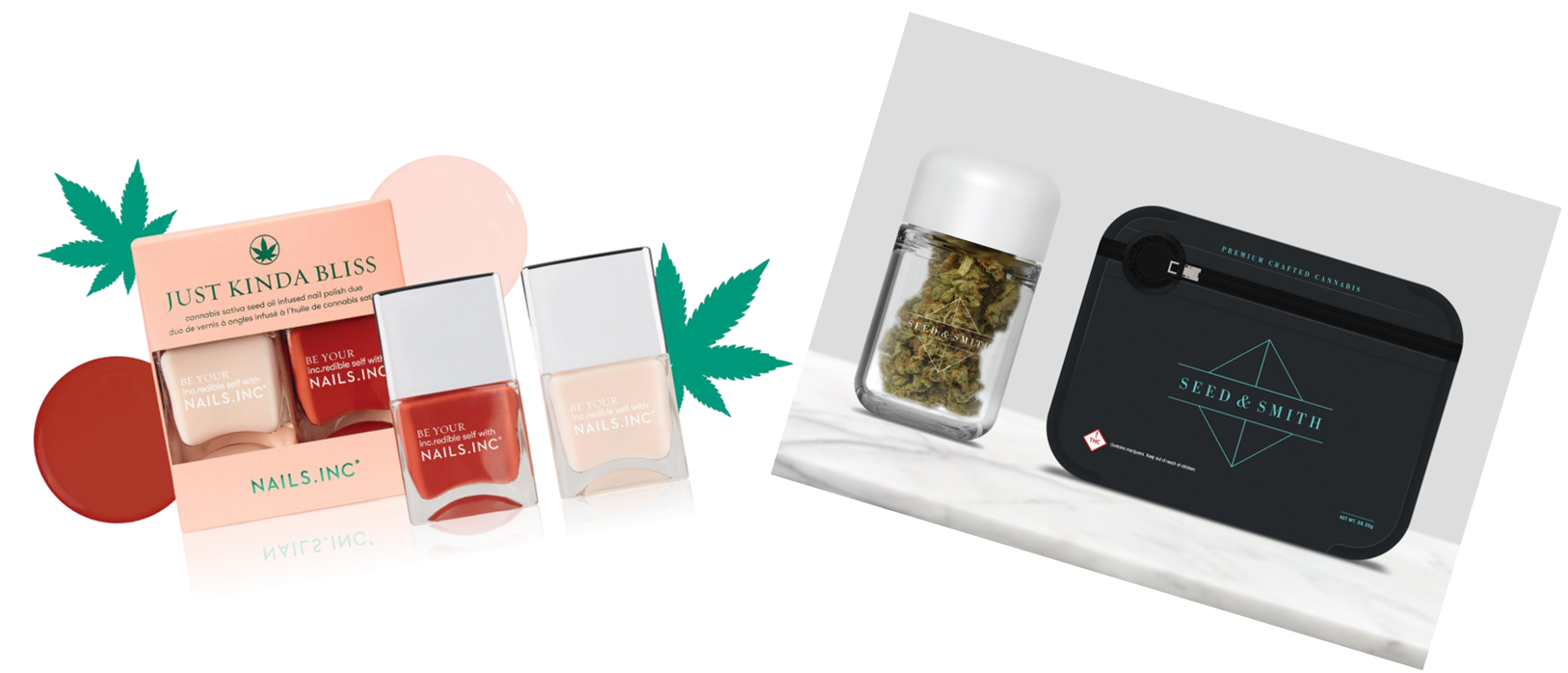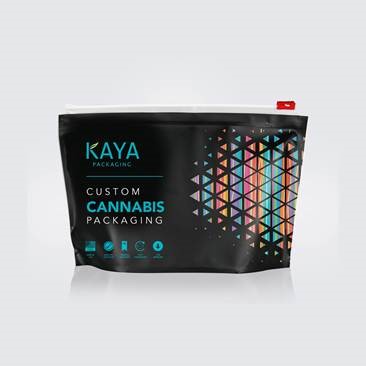
A bill in Congress could end federal marijuana prohibition and help the people most affected by the drug war. Officially, it’s called the Marijuana Opportunity, Reinvestment and Expungement (MORE) bill and if passed, could affect millions of Americans.
The MORE bill explained:
The MORE bill was approved by a congressional committee for an official vote by Congress. Its main components are explained below to help further your understanding of this legislation and how it could affect you.
The MORE bill aims:
- To federally deschedule cannabis: Deschedule can be a misleading word, because we most commonly associate it with a calendar schedule. However, in this case, schedule, or deschedule, is referring to drug classification.
Currently, cannabis is a Schedule I drug, like heroin and meth. Schedule I drugs are not accepted for medical uses and are seen as highly potential for abuse. As a Schedule I drug, researchers are legally restricted from researching cannabis.
This bill is aimed at placing cannabis in a different schedule, where its effects on medicinal and recreational can be better studied.
- To provide expungement and resentencing relief: This section of the bill is to help people with marijuana-related convictions who continue to face overwhelming barriers to employment, education and housing.
The hope here is that those who struggle to find employment and housing due to their record, will have greater access to jobs without the felony charge.
- To impose a five percent federal tax on marijuana sales to support investments in communities most harmed by the drug war: A federal tax on marijuana purchases will be used to rebuild the communities most affected by the drug war. How and when is yet to be defined.
- To protect immigrants from being denied citizenship over cannabis: Immigrants hoping to make the U.S. their permanent home won’t be denied citizenship based on their cannabis usage.
- To prevent federal agencies from denying immigrants of public benefits or security clearance due to its use: Immigrants will have access to federal public benefits, even if they’ve used marijuana. Also note that Federal benefits are only offered to legal immigrants, not undocumented immigrants. Each state offers their own set of rules and benefits.
If this bill is approved, it would affect the millions of Americans with marijuana-related convictions and their families.
What’s Next for the MORE Bill?
While it’s historic for a congressional committee to approve a federal marijuana bill, the proposed legislation still has a way to go before becoming law. The next step is for a vote by all of Congress, which should happen before the current congress session ends in January 2021.
Many will closely watch the MORE Bill’s progress through Congress.









